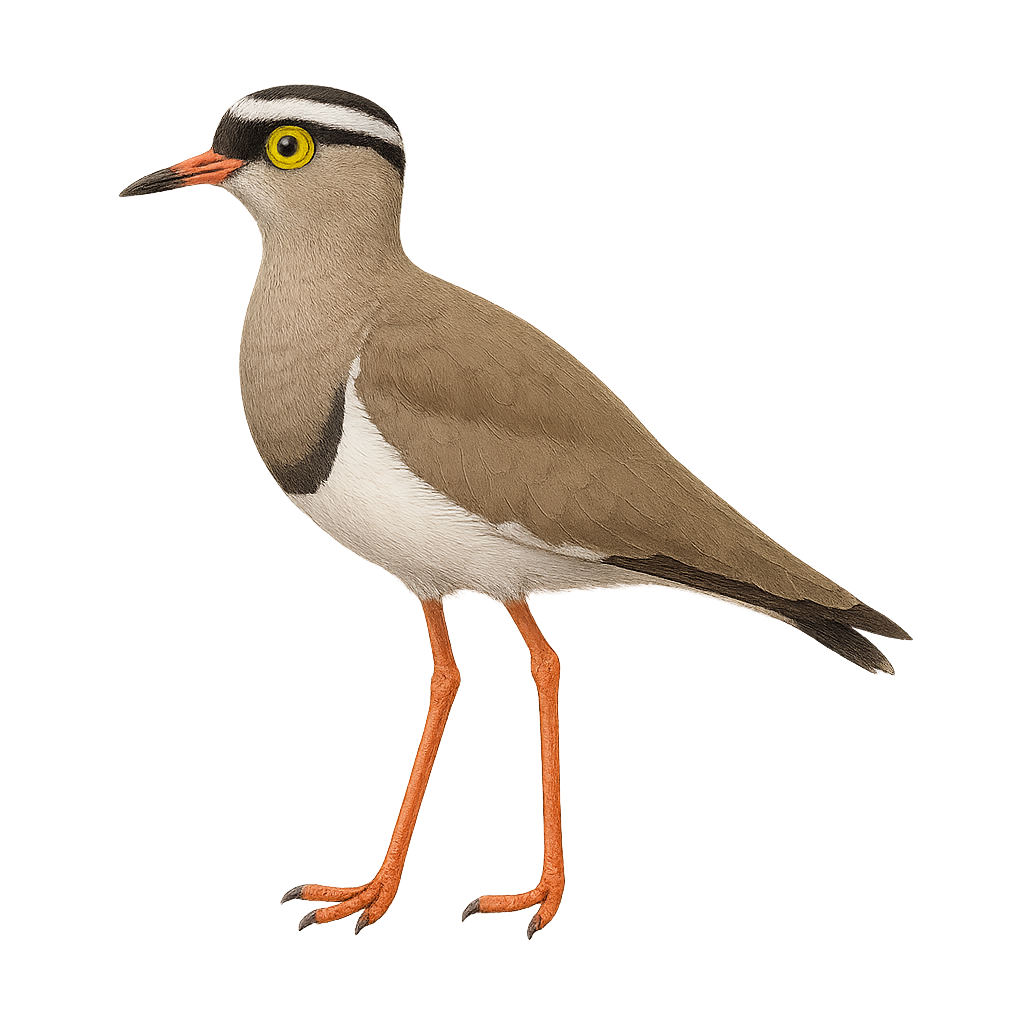Your wildlife photography guide.
Explore the crowned lapwing in detail, study its behavior, prepare your shots.
Where to observe and photograph the crowned lapwing in the wild
Learn where and when to spot the crowned lapwing in the wild, how to identify the species based on distinctive features, and what natural environments it inhabits. The WildlifePhotographer app offers tailored photography tips that reflect the crowned lapwing’s behavior, helping you capture better wildlife images. Explore the full species profile for key information including description, habitat, active periods, and approach techniques.
Crowned Lapwing
Scientific name: Vanellus coronatus

IUCN Status: Least Concern
Family: CHARADRIIDAE
Group: Birds
Sensitivity to human approach: Suspicious
Minimum approach distance: 10 m
Courtship display: July to August
Incubation: 26-28 jours
Hatchings: July to September
Habitat:
Savannas, open grasslands, semi-arid areas
Activity period :
Primarily active during the day, with peak activity in the morning and late afternoon.
Identification and description:
The crowned lapwing, or Vanellus coronatus, is an elegant and distinctive bird, easily recognizable by its black crown bordered with white on its head. It primarily inhabits the savannas and open grasslands of sub-Saharan Africa. This medium-sized bird, measuring about 30 cm in length, has a brown-grey plumage with white wings and tail, contrasting with its bright red legs. The crowned lapwing is often seen in small groups, feeding on insects and small invertebrates. Its behavior is generally tolerant towards humans, but it can become suspicious if approached too closely to its nest. It is known for its loud calls, especially when defending its territory.
Recommended lens:
400 mm – adjust based on distance, desired framing (portrait or habitat), and approach conditions.
Photography tips:
To photograph the crowned lapwing, it is advisable to use a 400mm lens or longer to capture detailed images without disturbing the bird. Look for it in savannas and open grasslands, where it is often active during the day. Be patient and observe its behavior to anticipate its movements. The crowned lapwing is suspicious, so maintain a safe distance of at least 10 m. Take advantage of the natural morning or afternoon light to get photos with good contrast and vibrant colors.
The WildlifePhotographer App is coming soon!
Be the first to explore the best nature spots, track rutting seasons, log your observations, and observe more wildlife.
Already 1 432 wildlife lovers subscribed worldwide

